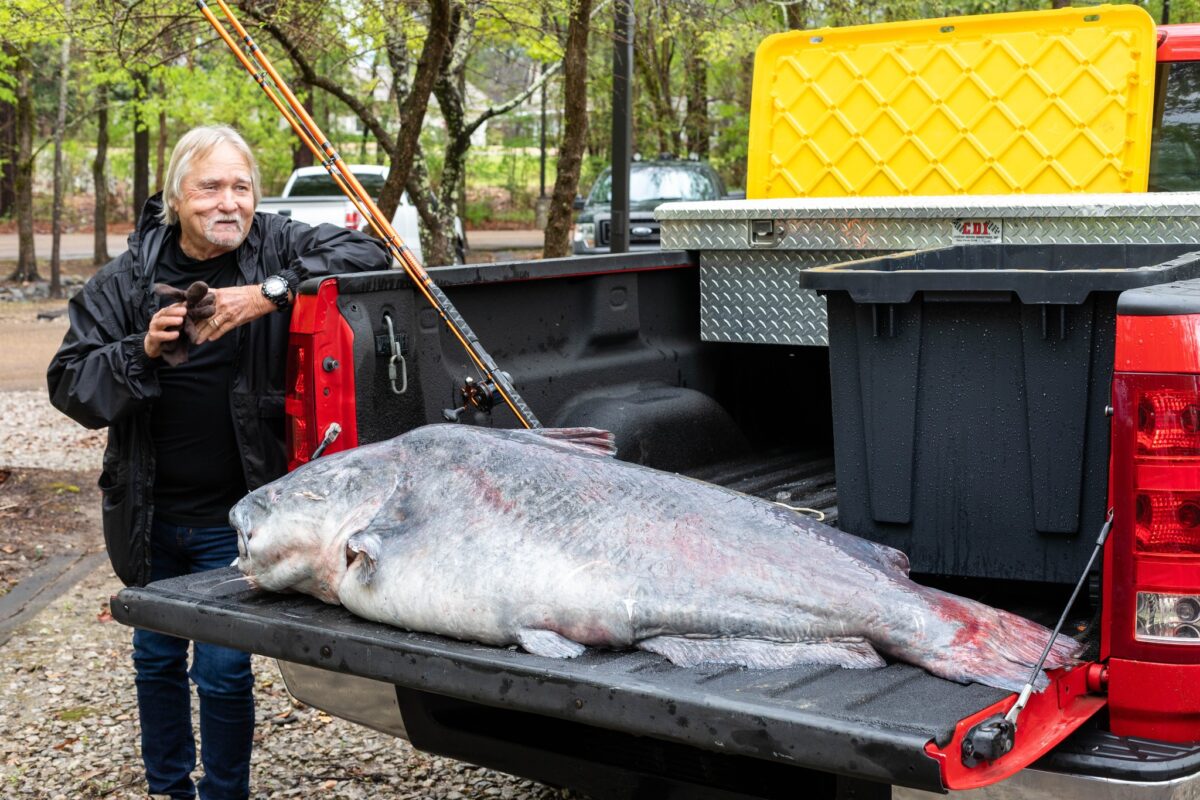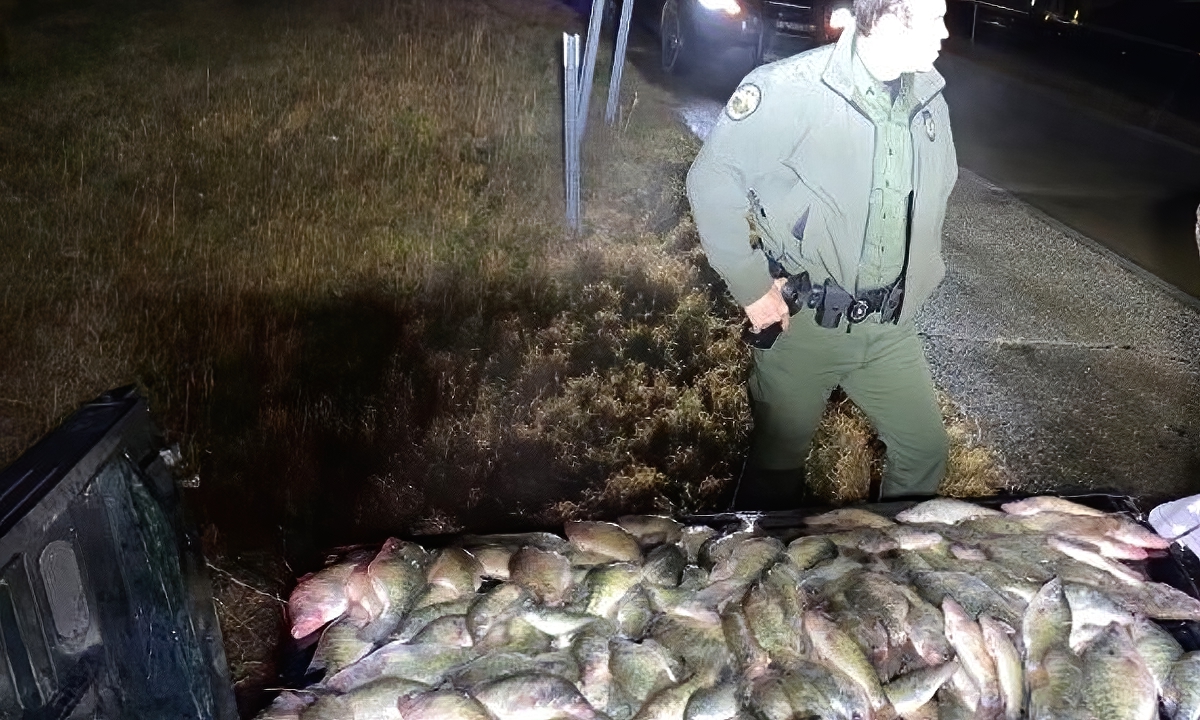Video footage shows a menacing-looking sea creature with a gaping mouth full of fang-like teeth that mysteriously washed ashore alive.
A menacing-looking sea creature with a gaping mouth full of fang-like teeth and typically found in the “Ocean Twilight Zone” mysteriously washed ashore alive on a Southern California beach last week.
Davey’s Locker Sportfishing and Whale Watching posted rare video of the lancetfish squirming about on the sand near the edge of the shoreline in Laguna Beach. Goff Tours, a professional Surf School in Laguna Beach, captured the footage.
“Creature from the Twilight Zone!” Davey’s Locker announced on Facebook.
https://www.facebook.com/DaveysLockerSportfishing/videos/449228673478683
The Ocean Twilight Zone is described by Woods Hole Oceanographic Institution as a layer of water that stretches around the globe and lies about 650 to 3,300 feet below the ocean surface, just beyond the reach of sunlight.
Though the lancetfish has been found in waters as shallow as 10 fathoms in Oregon and the Gulf of Mexico, it is primary found in that Twilight Zone and beyond, from 328 to 6,560 feet.
Also on FTW Outdoors: This ‘Cotton candy’ lobster is so rare, there’s only 1 in 100 million
The appearance of this odd sea creature on an Orange County beach remains unexplained, but it emerged on shore within minutes of a mysterious sonic boom, Goff Tours reported.
“After capturing this video, the fish was pulled safely back into the water, where it swam away, seemingly unharmed,” Davey’s Locker reported.


More from Davey’s Locker:
It’s been identified as a deep-sea Longnose Lancetfish. With gaping fanged jaws, enormous eyes, a sailfin, and a long, slithery body, lancetfish look like they swam right out of prehistoric times. Though the fish itself is not rare, since Longnose lancetfish inhabit all of the planet’s oceans, it is extremely rare to see one of these fish alive along a beach in southern CA.
Growing to more than 7-feet long, lancetfish are one of the largest deep-sea fishes, swimming to depths more than a mile below the sea surface. Lancetfish are notorious cannibals and also feed voraciously on many other fish and invertebrates. Many descriptions of new species of fishes, squids, and octopuses have been based on specimens collected from lancetfish stomachs, since food within their stomachs are often found in a nearly pristine state, barely digested. Scientists with NOAA Fisheries Pacific Islands Fisheries Science Center speculate that lancetfish may eat as much as they can whenever they find food, then digest it later when they need it. Their stomachs provide a window into the rarely studied twilight zone in the ocean, where the fish mainly hunt.













